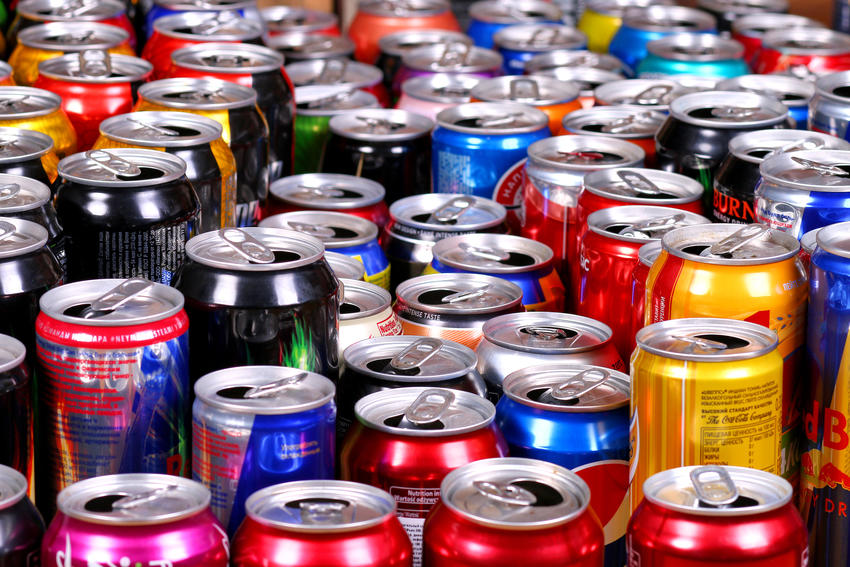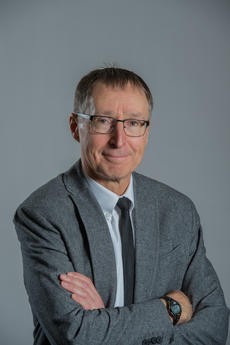Study examines relationship between caffeine and dental caries

Gary Hildebrant, DDS, MS, sees a lot of cavities in his line of work.
As clinical professor and director of the Division of Operative Dentistry at the University of Minnesota, Hildebrandt educates students in the pre-clinic and in their clinical practices, and he sees patients privately. In addition to his clinical work, Hildebrandt has made understanding the cause of dental caries and how best to treat the disease a key focus of his research career.
So he was well-primed to respond when he noticed an interesting pattern in his patients. “I noticed in my clinical practice that rampant caries, or the most aggressive forms of dental caries, are almost always related to regular daily consumption of Mountain Dew, Coca-Cola, Dr. Pepper or Pepsi,” he said. “It’s almost never associated with other dietary practices, including other types of soda pop like Seven Up.” In fact, he recalls a patient who drank Mountain Dew at work and had such severe caries as to require a full set of dentures at the age of 26.
Given this peculiar phenomenon and his interest in preventing dental caries, Hildebrandt began to consider what makes some beverages different than others. “The unique thing about these implicated drinks is that they all contain both sugar and caffeine,” he said. So he sought to answer a question not yet ventured in the literature: what is the relationship between caffeinated beverages and rampant caries?
To explore that relationship, Hildebrandt partnered with fellow University of Minnesota experts Palak Bothra, BDS, MPH, former data analyst; Qi Wang, MS, senior biostatistician; Kimberly Johnson, RDH, MDH, study manager; Carla Campbell, AA, AS, executive assistant; and Eric Schiffman, DDS, MS, professor of diagnostic and biological sciences, to survey patients who had received care at the School of Dentistry. The team sought out patients who either had rampant caries or a few caries lesions—ensuring that the study would effectively compare caffeine and severity of dental caries. They surveyed patients regarding their soda consumption and health history to determine whether what they suspected was true.
Upon analyzing preliminary results, Hildebrandt and his team ran into an initial unforeseen hiccup: a significant number of respondents drank caffeinated soda in a sugar-free or diet form. “Diet soda pop cannot cause dental caries,” Hildebrandt explained, noting that the analysis required him to remove diet soda drinkers from the study.
“When we eliminated subjects who drank exclusively diet pop, we found a statistically significant difference,” Hildebrandt explained: 95% of respondents who experienced rampant caries said all their soda beverages contained caffeine, and 100% said all or most of their soda was caffeinated. This compared to only 56% of respondents with a few caries lesions reporting all of their soda containing caffeine, and 81% reporting all or most of their soda containing caffeine.
Though smaller in scale than anticipated, the results of Hildebradnt’s study show a correlation between caffeinated beverages and dental caries—one his research posits may come from a variety of factors, including a likelihood to sip and savor caffeinated beverages, the manner in which caffeine reduces perceived sweetness and thereby increases cravings for sugar, the drink’s diuretic nature or caffeine’s habituating effects on the central nervous system. Hildebrandt hopes to continue to study this phenomenon in the future, further confirming the association and determining why the association exists. Hildebrant plans to submit the paper for publication in the near future.
Though preliminary, the study’s results also remind Hildebrant of an important, though often misunderstood, facet of dentistry: the origins and causes of dental caries. “The relationship between diet and dental caries is not as simple as people might think,” he said. “It is quite a complex and interesting topic.”
